🏅 Sports Science: Essential Concepts for Reading Comprehension
Sports Science explores the scientific principles behind athletic performance, physical fitness, and overall well-being. This interdisciplinary field combines physiology, psychology, biomechanics, and nutrition to enhance both amateur and professional sports. RC passages on sports science often focus on training methods, injury prevention, or the role of technology in sports. Understanding these concepts can help readers interpret data, analyze arguments, and appreciate the complexities of athletic excellence.
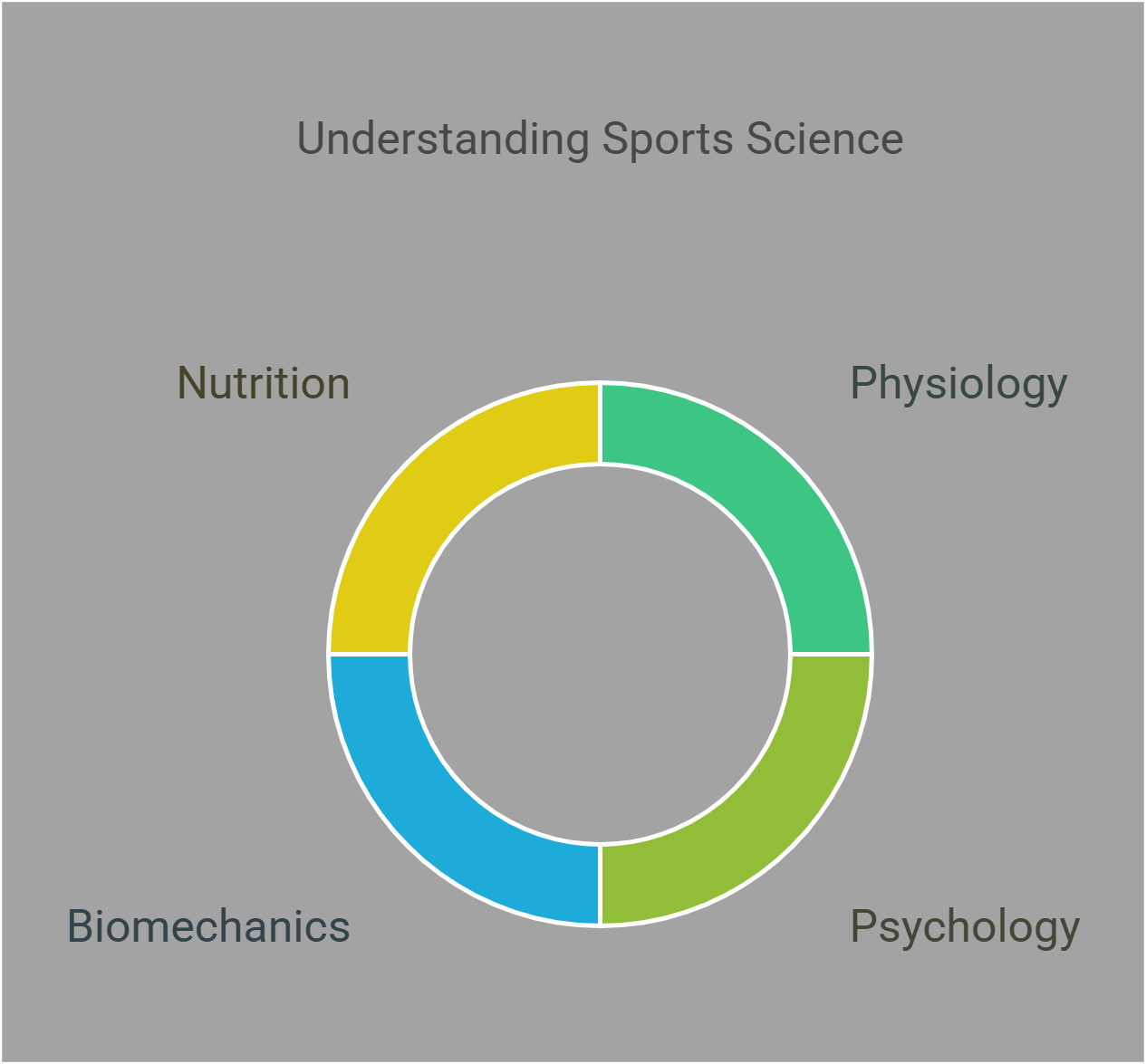
📋 Overview
This guide will cover the following essential sports science concepts:
- Exercise Physiology
- Biomechanics
- Sports Psychology
- Nutrition and Hydration
- Training Principles
- Injury Prevention and Recovery
- Role of Technology
- Performance Enhancing Substances
- Adaptations in Extreme Environments
- Gender and Sports Science
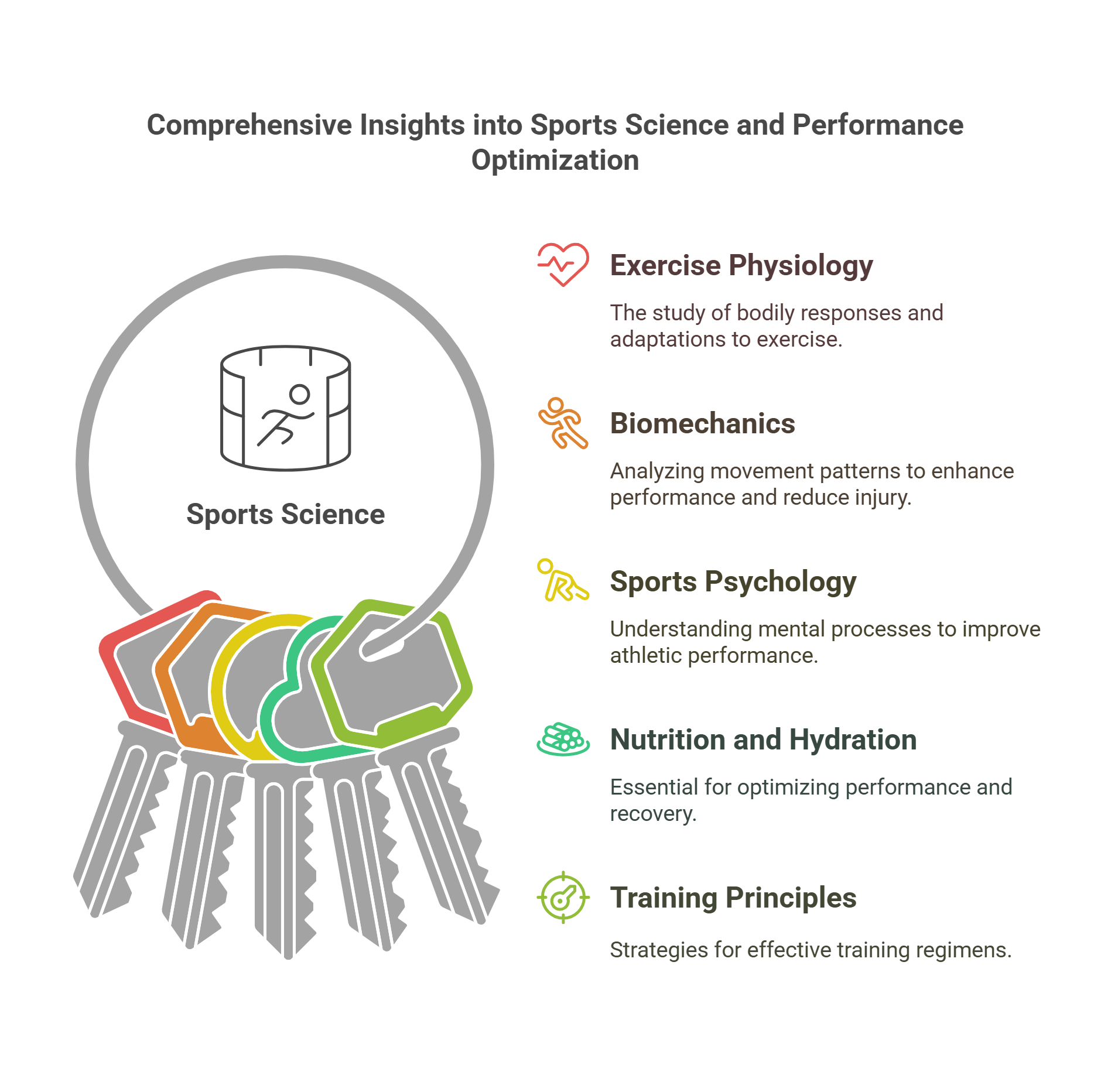
🔍 Detailed Explanations
1. Exercise Physiology
Exercise physiology examines how the body responds to physical activity, focusing on systems like the cardiovascular, muscular, and respiratory systems.
- Aerobic vs. Anaerobic Exercise: Aerobic activities, like jogging, rely on oxygen, while anaerobic exercises, like sprinting, do not.
- VO2 Max: Measures the maximum oxygen uptake during exercise, a key indicator of fitness.
- Muscle Adaptation: Training leads to increased muscle strength and endurance.
Explained Simply: Exercise physiology is like figuring out how your engine (body) works when you’re driving fast (running) or slow (walking). 🏃♂️
It also examines how training over time can improve cardiovascular efficiency, bone density, and even mental clarity. Athletes benefit from understanding their individual fitness metrics to tailor programs that maximize performance.
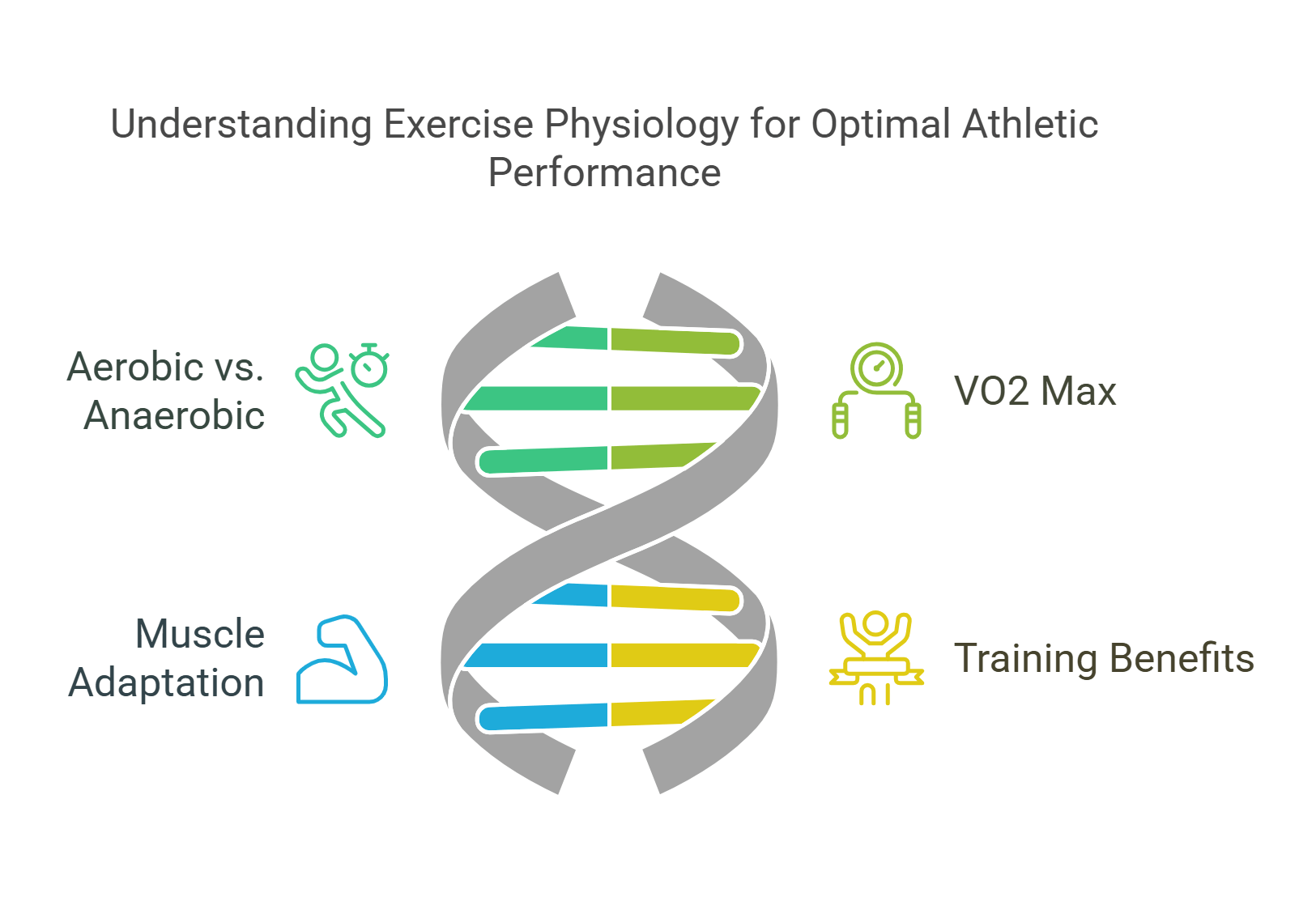
2. Biomechanics
Biomechanics studies the mechanics of movement, focusing on how forces interact with the body. It helps optimize performance and prevent injuries.
- Kinematics: Examines motion (speed, acceleration) without considering forces.
- Kinetics: Studies forces causing movement, like gravity or muscle tension.
- Applications: Improves techniques in sports like swimming, running, or high jump.
Explained Simply: It’s like being a detective, analyzing how your body moves to make sure every motion is smooth and efficient.
Biomechanics also plays a crucial role in designing equipment like running shoes or tennis rackets to reduce strain on the body and enhance efficiency.

3. Sports Psychology
Sports psychology explores the mental aspects of athletic performance, from motivation to stress management.
- Visualization: Athletes imagine success to boost confidence.
- Focus and Concentration: Staying present improves performance.
- Team Dynamics: Effective communication and camaraderie enhance team success.
Explained Simply: Sports psychology is like training your brain to stay calm and focused, even when the pressure is high.
Techniques like mindfulness meditation and positive self-talk help athletes overcome setbacks and maintain peak performance under pressure.
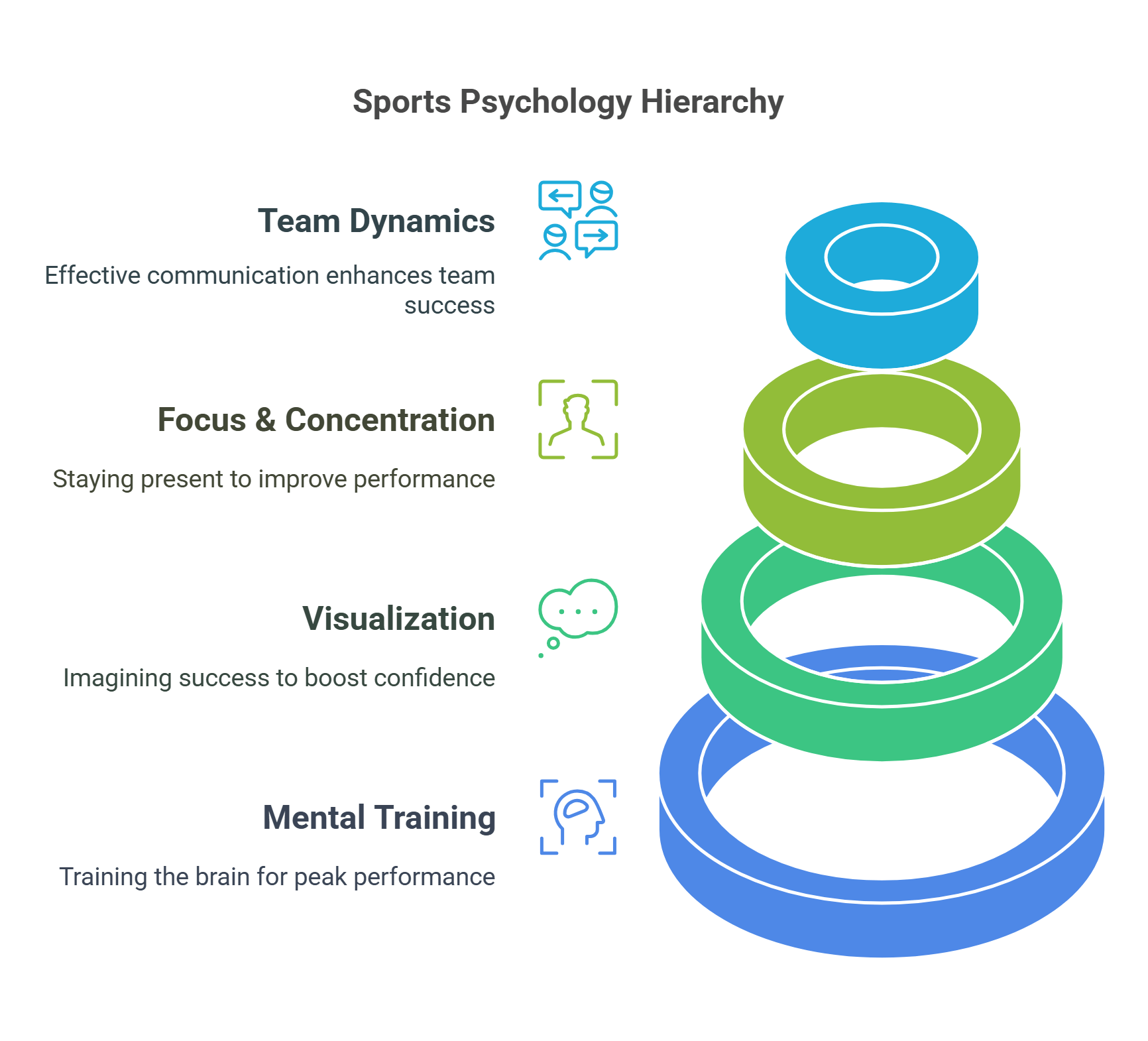
4. Nutrition and Hydration
Nutrition fuels athletic performance, while hydration ensures optimal physical functioning.
- Macronutrients: Carbohydrates provide energy, proteins aid recovery, and fats support endurance.
- Micronutrients: Vitamins and minerals, like iron and calcium, maintain overall health.
- Hydration: Dehydration impairs performance; electrolytes are essential for recovery.
Explained Simply: Nutrition is the fuel your body needs to run, jump, and play, while hydration is the oil that keeps all your parts working smoothly. 🥗
Additionally, tailoring nutrition to specific sports—like carb-loading for marathon runners or high-protein diets for weightlifters—can make a significant difference in performance.
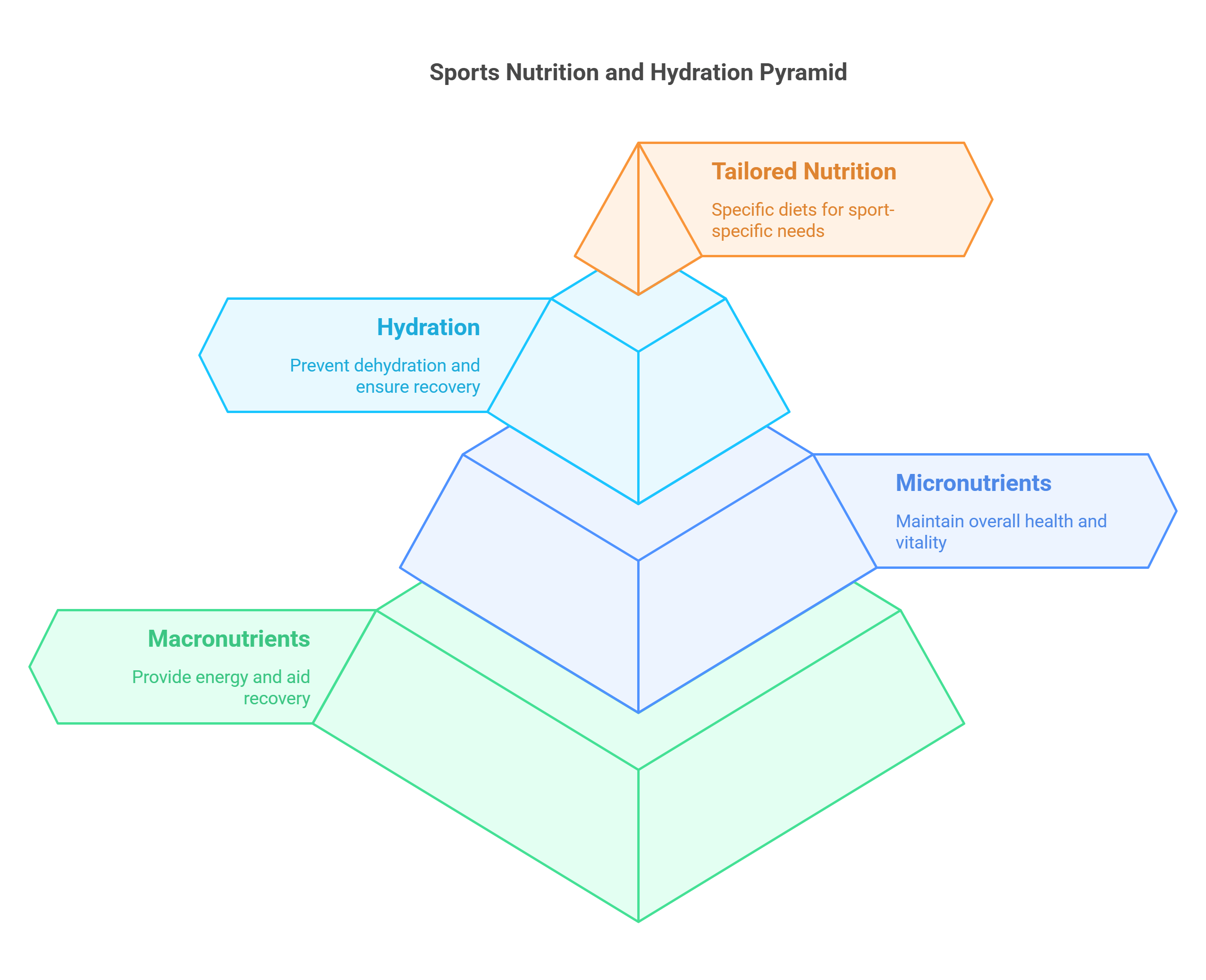
5. Training Principles
Effective training relies on principles that balance workload and recovery.
- Specificity: Training should target the specific skills required for a sport.
- Progressive Overload: Gradually increasing intensity improves fitness.
- Periodization: Dividing training into cycles prevents burnout and enhances peak performance.
Explained Simply: Training principles are like a recipe for success—use the right ingredients (exercises), mix in moderation, and bake (train) over time.
Incorporating rest days and cross-training activities can also prevent overuse injuries and keep athletes engaged in their routines.

6. Injury Prevention and Recovery
Preventing injuries and promoting recovery are critical for long-term athletic success.
- Warm-ups and Cool-downs: Prepare muscles for activity and reduce soreness.
- Proper Technique: Reduces strain on joints and muscles.
- Rehabilitation: Includes physical therapy, stretching, and strength exercises.
Explained Simply: Injury prevention is like maintaining your car—regular checks (warm-ups) and repairs (recovery) keep you on the road.
Advanced techniques like cryotherapy, massage therapy, and ultrasound treatments are also utilized for quicker recovery.
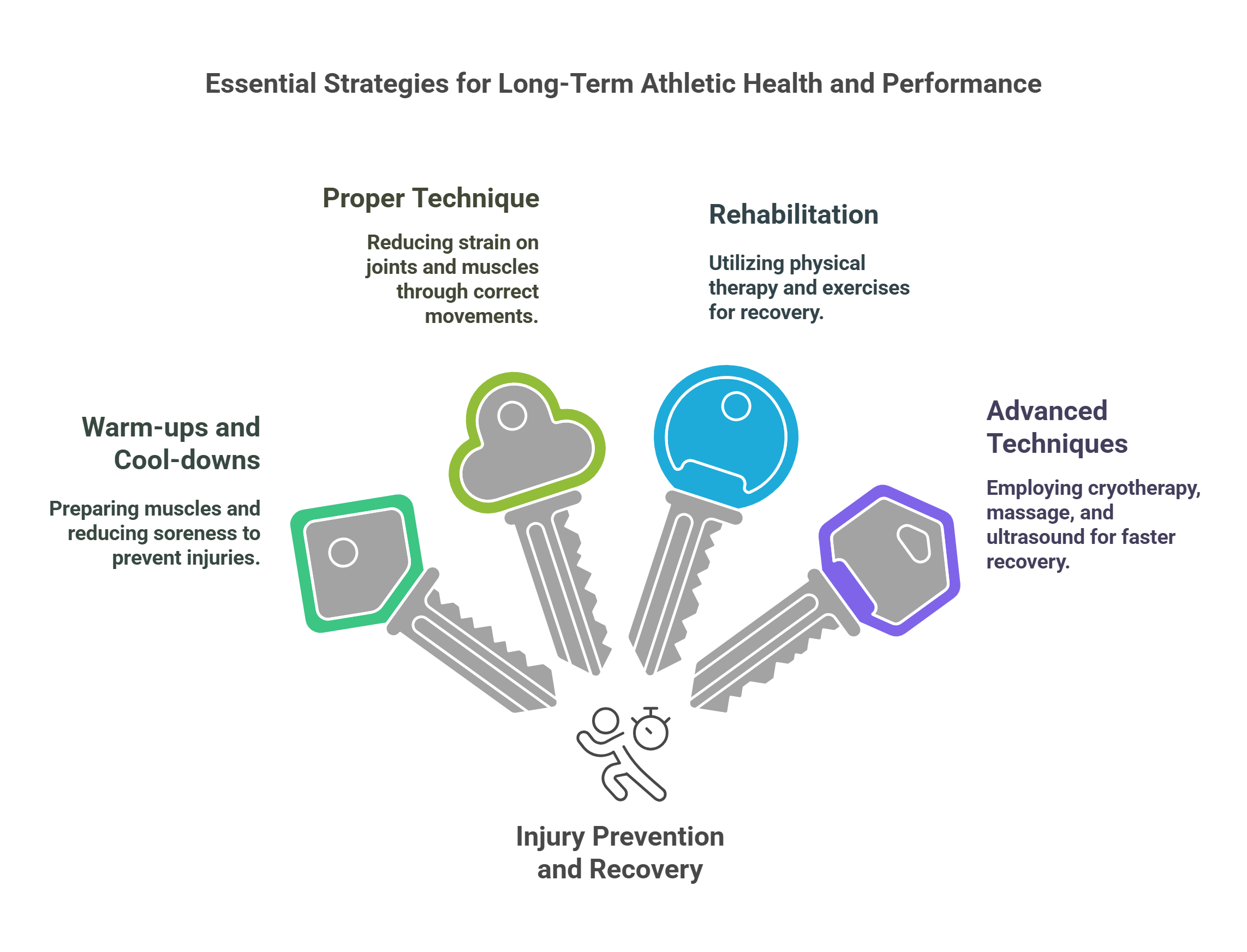
7. Role of Technology
Technology revolutionizes sports through data analysis, performance tracking, and equipment design.
- Wearable Devices: Track heart rate, steps, and calories.
- Video Analysis: Improves technique by studying movements in detail.
- Smart Equipment: Enhances precision, like aerodynamic bikes or advanced tennis rackets.
Explained Simply: Technology is like having a coach in your pocket, guiding you to train smarter, not harder.
From AI-driven analytics to virtual reality training, technology continues to redefine how athletes prepare and compete.
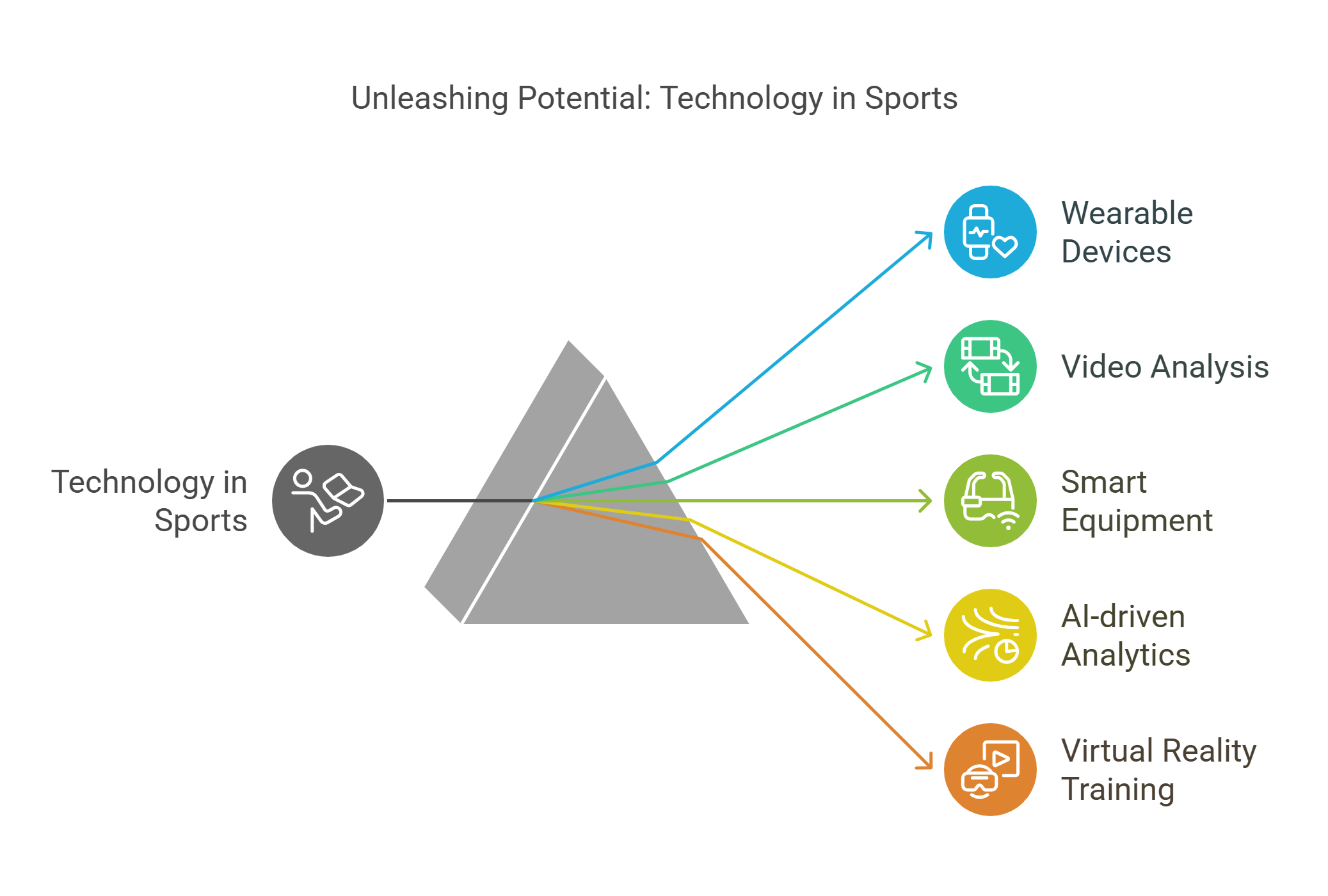
8. Performance Enhancing Substances
The use of substances like steroids or stimulants to enhance performance raises ethical and health concerns.
- Benefits: Temporary boosts in strength or endurance.
- Risks: Long-term health problems, including organ damage.
- Regulation: Anti-doping agencies enforce strict bans to ensure fairness.
Explained Simply: Performance enhancers are like shortcuts in a game—they might help you win now but could ruin the game (your health) later.
Education about the dangers of these substances is vital in promoting clean competition.
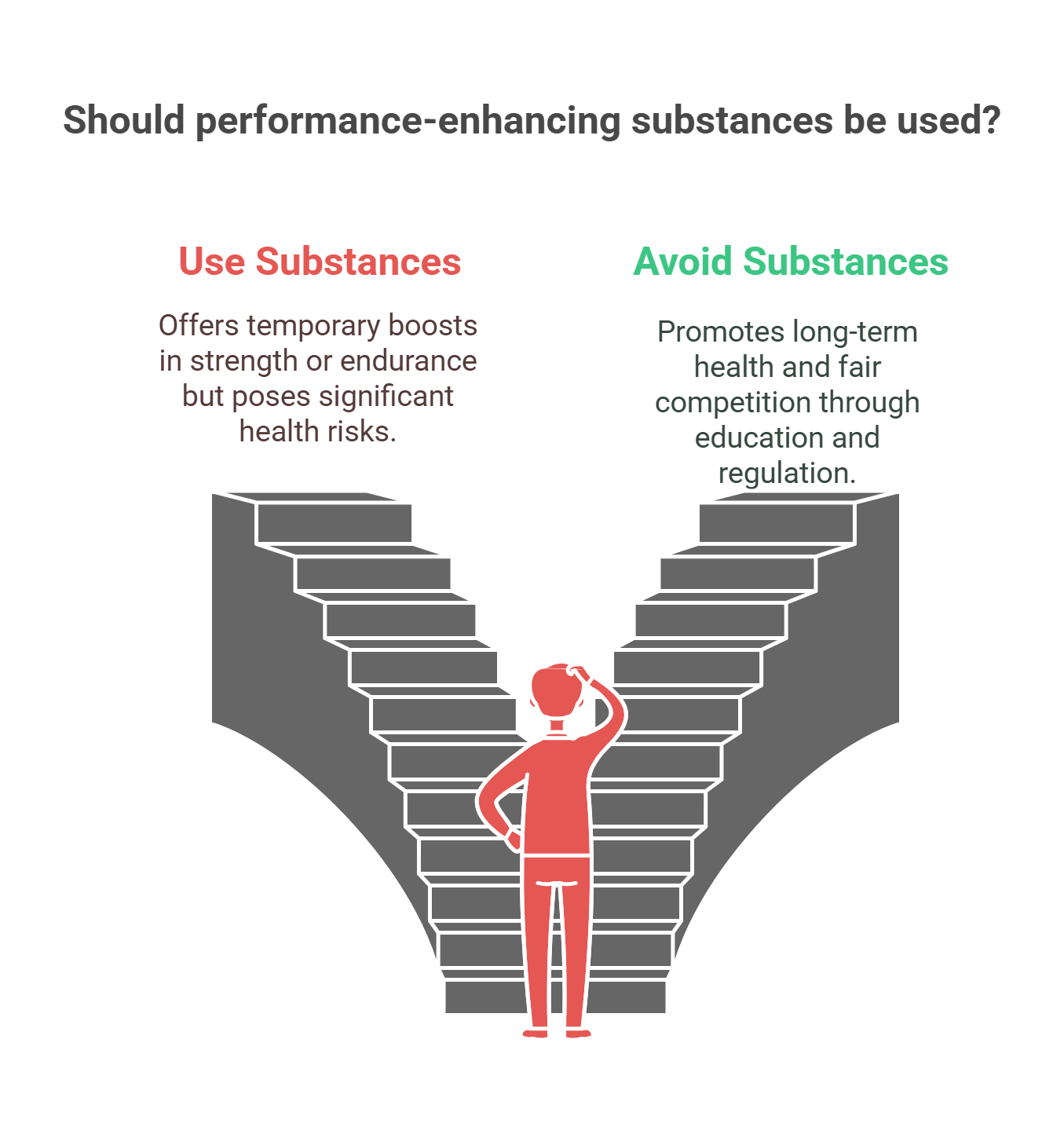
9. Adaptations in Extreme Environments
Athletes train in extreme conditions, such as high altitudes or heat, to improve performance.
- Altitude Training: Increases red blood cell production, enhancing oxygen delivery.
- Heat Acclimatization: Helps athletes perform in hot climates.
- Cold Adaptations: Improves endurance in freezing conditions.
Explained Simply: It’s like learning to perform in any weather—whether it’s a desert, mountain, or snowfield, athletes adapt to excel everywhere.
Training camps in these environments prepare athletes for competitions with demanding conditions, like marathons in tropical regions.
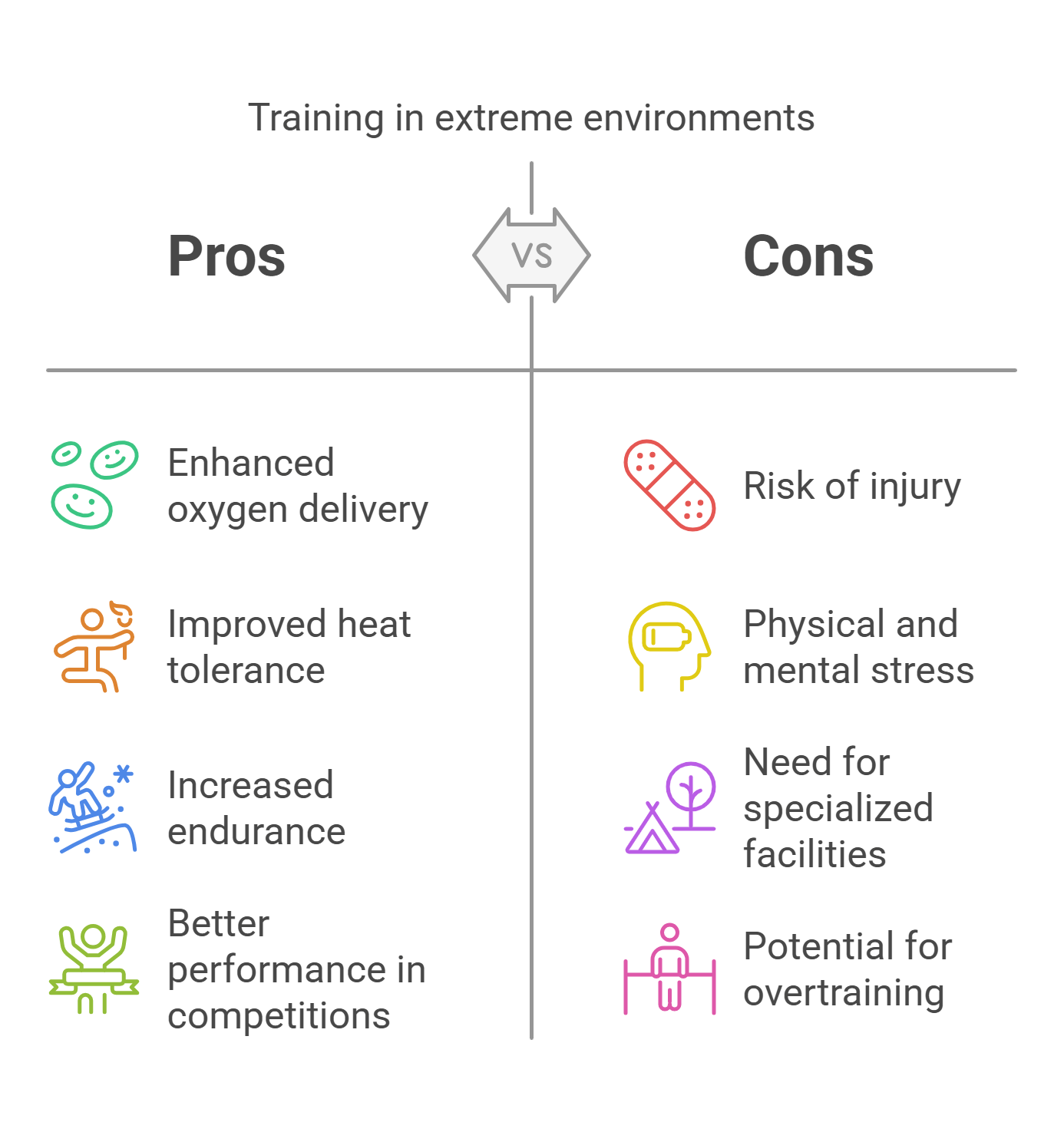
10. Gender and Sports Science
Gender influences physiology and performance, raising important questions in sports science.
- Physical Differences: Men generally have higher muscle mass; women excel in flexibility.
- Inclusion: Promotes equitable opportunities for all genders.
- Research Gaps: Calls for more studies on female athletes to address disparities.
Explained Simply: Gender in sports is like different playing fields—each has unique challenges and strengths, but all deserve equal attention and respect.
Modern policies, like equal pay and inclusive participation, aim to address longstanding inequities.
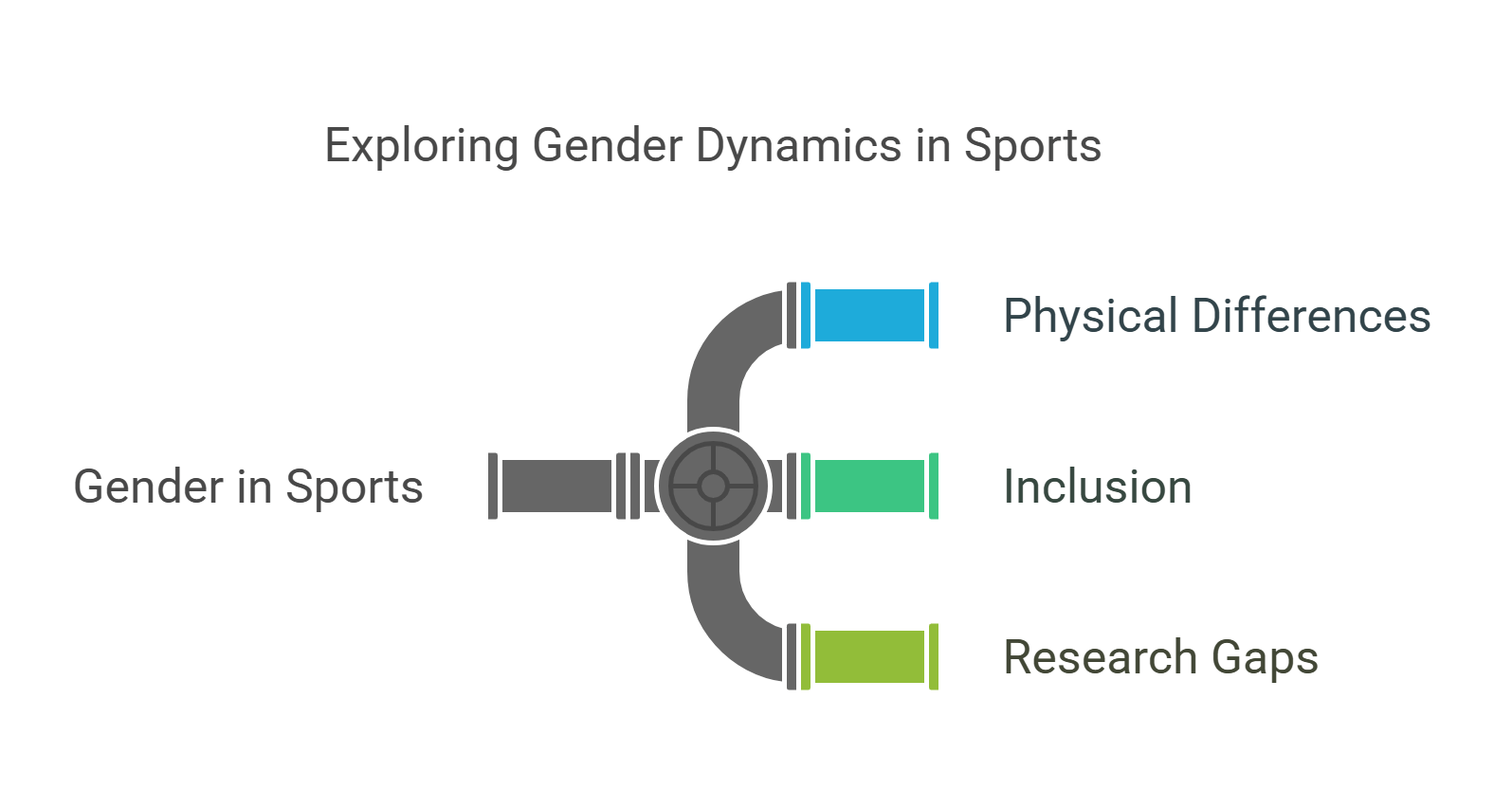
✨ Conclusion
Sports Science bridges the gap between physical performance and scientific principles, offering insights that improve athletic excellence while promoting health and safety. By understanding concepts like biomechanics, sports psychology, and the role of technology, you’ll be well-prepared to analyze RC passages on this dynamic topic. Whether you’re exploring injury prevention or ethical issues in sports, this field highlights the intricate balance of mind, body, and science. ⚽










